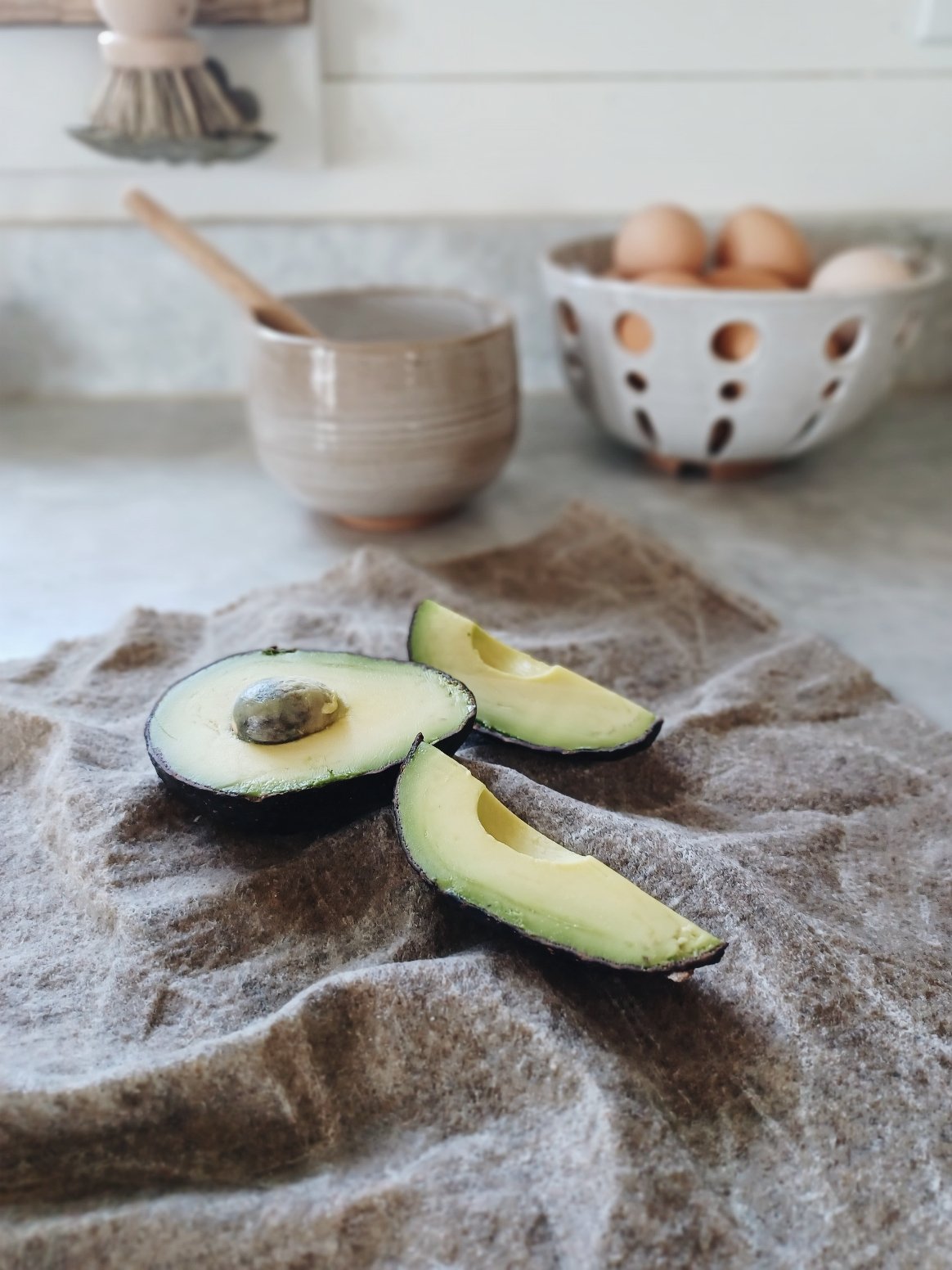DIY Beeswax Wraps
This post may contain affiliate links, please read my disclosure policy.
Learn to make these DIY beeswax wraps that you can use again and again. They’re easy to make and can last for up to a year! They’re also a great sustainable alternative to plastic wrap!
I’m so excited to share this DIY beeswax wrap tutorial with you! I’ve been wanting to make beeswax wraps forever and thought with Earth Day coming up in a couple weeks, what better time than now!
I’ve used beeswax wraps for years and love using them as an alternative to plastic wrap. They’re perfect to wrap cheese, fruits and veggies, sandwiches, and even bowls!
One of the best parts to making these yourself, is that I can use materials that match your aesthetic!
supplies
Beeswax: (1/2 cup) You can buy this in pellet form like I did here.
Jojoba oil: (1 Tbsp) You can find it here. This is used to make the wraps more pliable.
Pine resin: (3 Tbsp) I used this one. This is added to make the wraps sticky.
Disposable paint brush like this one.
A double boiler
A baking sheet
Parchment paper
Fabric: Make sure to use a natural fabric like 100% cotton or linen.
Scissors or pinking shears. I have these pinking shears.
Clothespins and string or coat hanger for drying
let’s make this
Wash and dry the fabric.
Cut the fabric to the desired size. I find that 8x8 and 12x12 are good sizes to keep on hand. You can also use a large bowl to trace a circular shape too.
Combine beeswax, pine resin, and jojoba oil to your double boiler and melt.
Add parchment paper to baking sheet and preheat oven to 300 degrees.
Place your fabric on the parchment lined baking sheet and brush melted wax mixture onto the fabric, covering fabric completely.
Place the baking sheet in the oven for 2 minutes.
Remove from oven and flip over to apply wax mixture to the other side of the fabric and place in oven for 2 minutes.
Hang to dry overnight.
NOTES
To use the wraps warm them in your hands and press onto glass container or onto itself. These will feel slightly tacky at first, but after using them a couple times, the tackiness will go away. Wash in cool water with a little soap and let air dry. By using a natural fabric, these wraps are compostable after they’ve reached the end of their life.



